A staff or graduate student (Ph.D.) position is available at UCLA to design a chip scale spin photon memory interface with long coherence times (full descr. below). Degree (B.Sc. or M.Sc.) in physics or related field, and a strong background in experimental physics or engineering is required. Experience in magnetic resonance-style experiments is an asset but not required. The main tasks will initially involve implementing low field pulsed microwave-optical quantum control schemes of optical-nuclear transitions of deep donors in Si and their recoupling via cavity QED. For inquiries, or to apply (send CV and names of references), contact lsbouchard@ucla.edu
ABSTRACT
Quantum information processing provides a secure unbreakable network protected by the physical laws of quantum mechanics. Quantum key distribution, for example, provides fundamentally secure photon communication channels through the no-cloning theorem and the one-time key pad between the sender and receiver, wherein the eavesdropper in the communication channel can be immediately detected. The general figures-of-merit in an optical quantum network are the secure key rate (in single-photon qubits per second) and the channel physical distance (up to ~ 100 km as the record). Various protocols in quantum key distribution, such as through high-dimensional entanglement and chip-scale photonic integration, have further increased the secure key rate. Improving the qubit physical transmission distance, however, requires the development of a scalable, long-coherence, and high-fidelity quantum memory for the quantum network. Furthermore, a quantum memory module, in a two-node configuration, can provide the long-awaited scientific milestone of a quantum repeater -- scaling the quantum network distance to metropolitan and even continental scales. This project aims to develop a chip-scale silicon qubit memory based on the nuclear spin-photon interactions of deep-donor selenium-77 in an ultrapure silicon-28 background. The project is enabled by recent discovery of a hyperfine nuclear transition of 77Se+ that is remarkably optically accessible (previously thought to be forbidden from effective mass theory). Long coherence time of the nuclear spin qubit up to a second has recently been reported. With the hyperfine spin structure addressable by microwave modulation, on-demand photon storage and dynamical improvement of the storage can even be possible. This scientific effort brings a quantum network towards realization, supported in a silicon-based architecture for quantum information processing.
This project aims to advance the deep-donor 77Se+ in an ultrapure enriched silicon-28 bath, with optical-microwave simultaneous control and dephasing times T2 up to a second, in a chip-scalable quantum
memory interface. Firstly, we seek to implement the 28Si:77Se+ system in a photonic crystal microcavity, significantly improving the radiative efficiency and photon extraction in the nuclear spin-photon interaction. We will examine the cavity Purcell enhancement of radiative lifetimes, as well as seek to understand the non-radiative mechanisms along with the zero-photon line bounds. Secondly, we will examine the coherence lifetimes of the 28Si:77Se+ qubit through spectroscopic methods. This involves spin-relaxation (T1) protocols, the inhomogeneous coherence times (T2 and T2*), as well as qubit instantaneous diffusion. Thirdly, we will implement the 28Si:77Se+ hyperfine spin-photon interface as a quantum memory on the quantum node architecture. This scalable quantum memory module enables a transformative platform in optically-accessible long nuclear spin coherence, through a silicon quantum information processing architecture.
